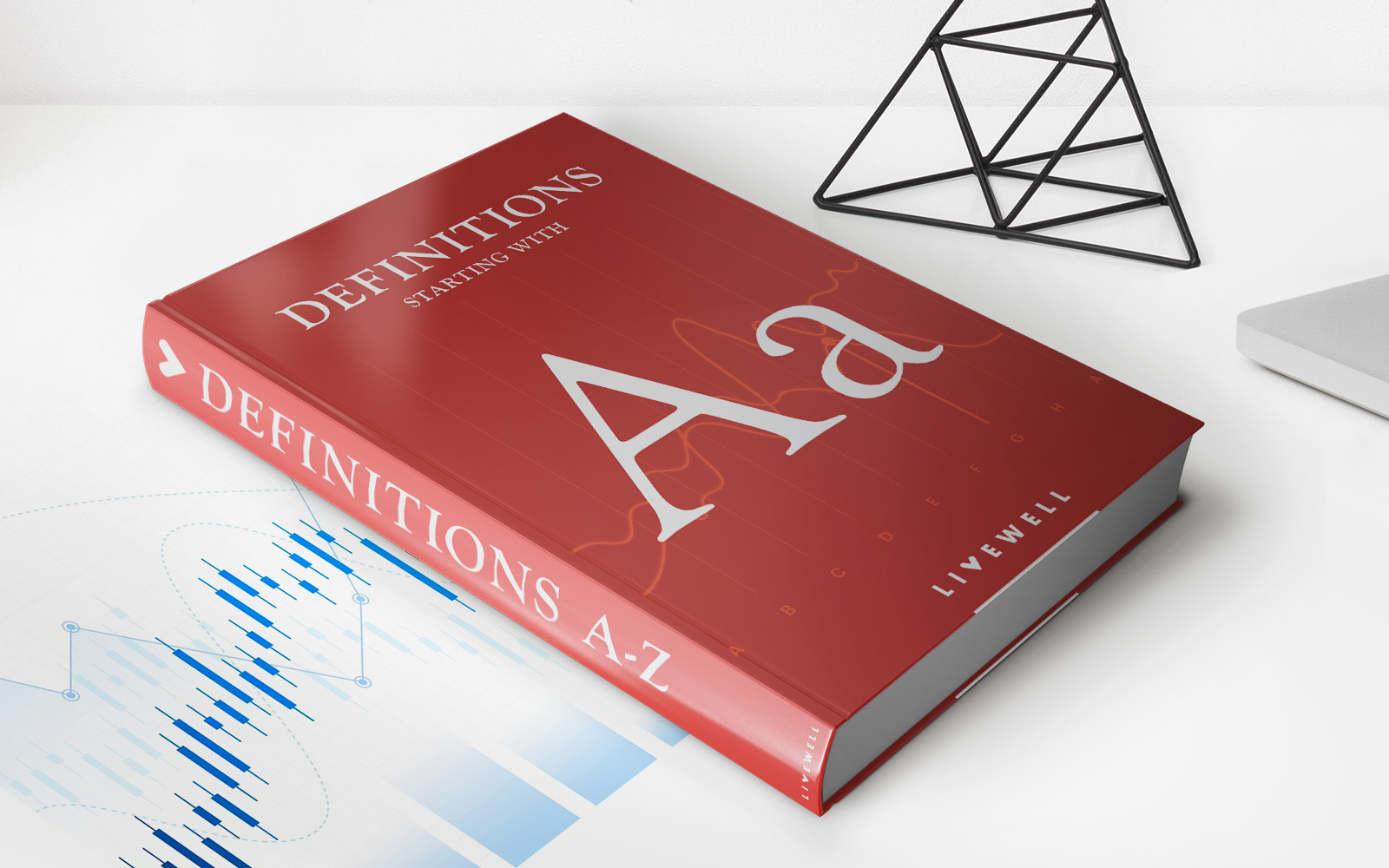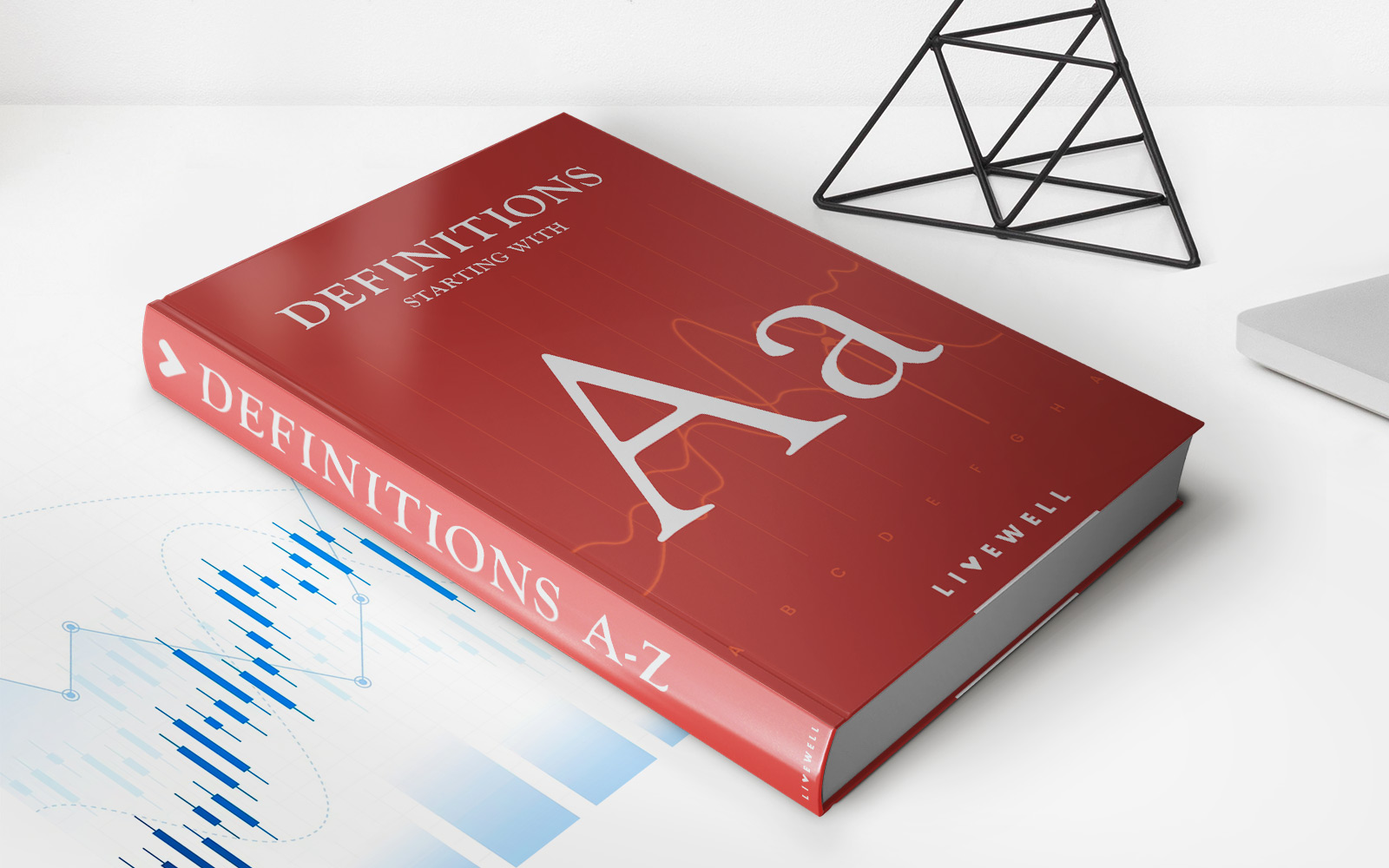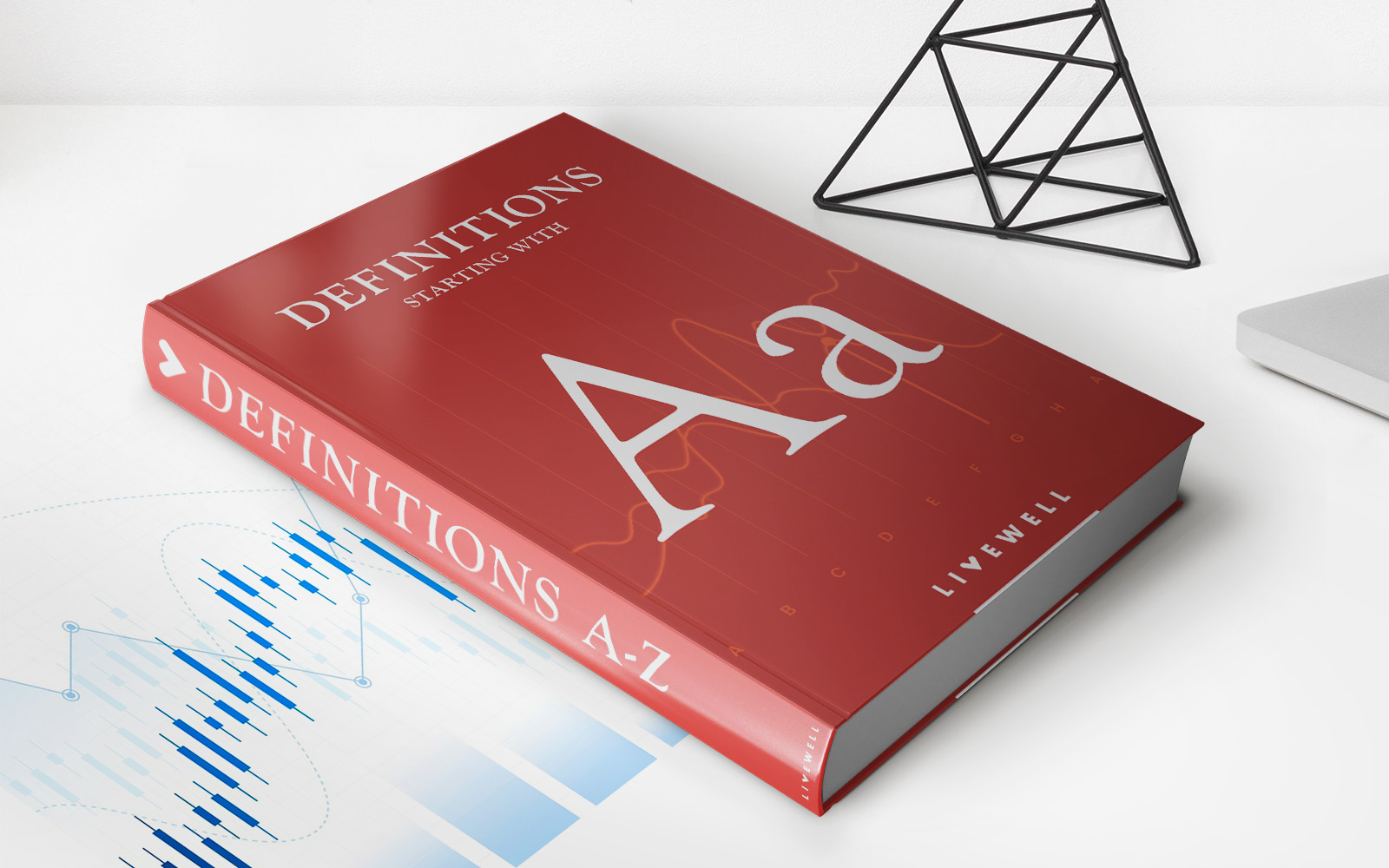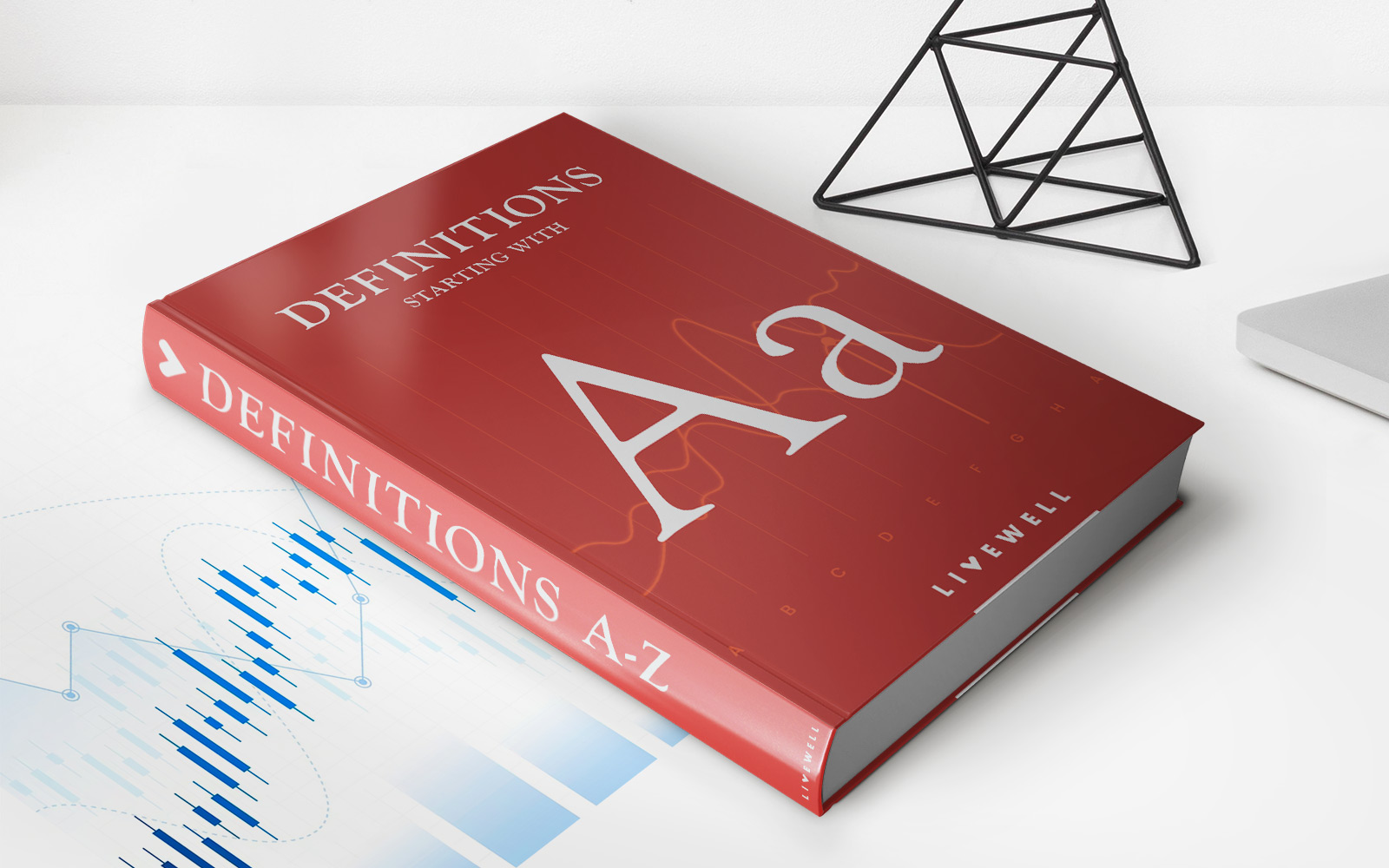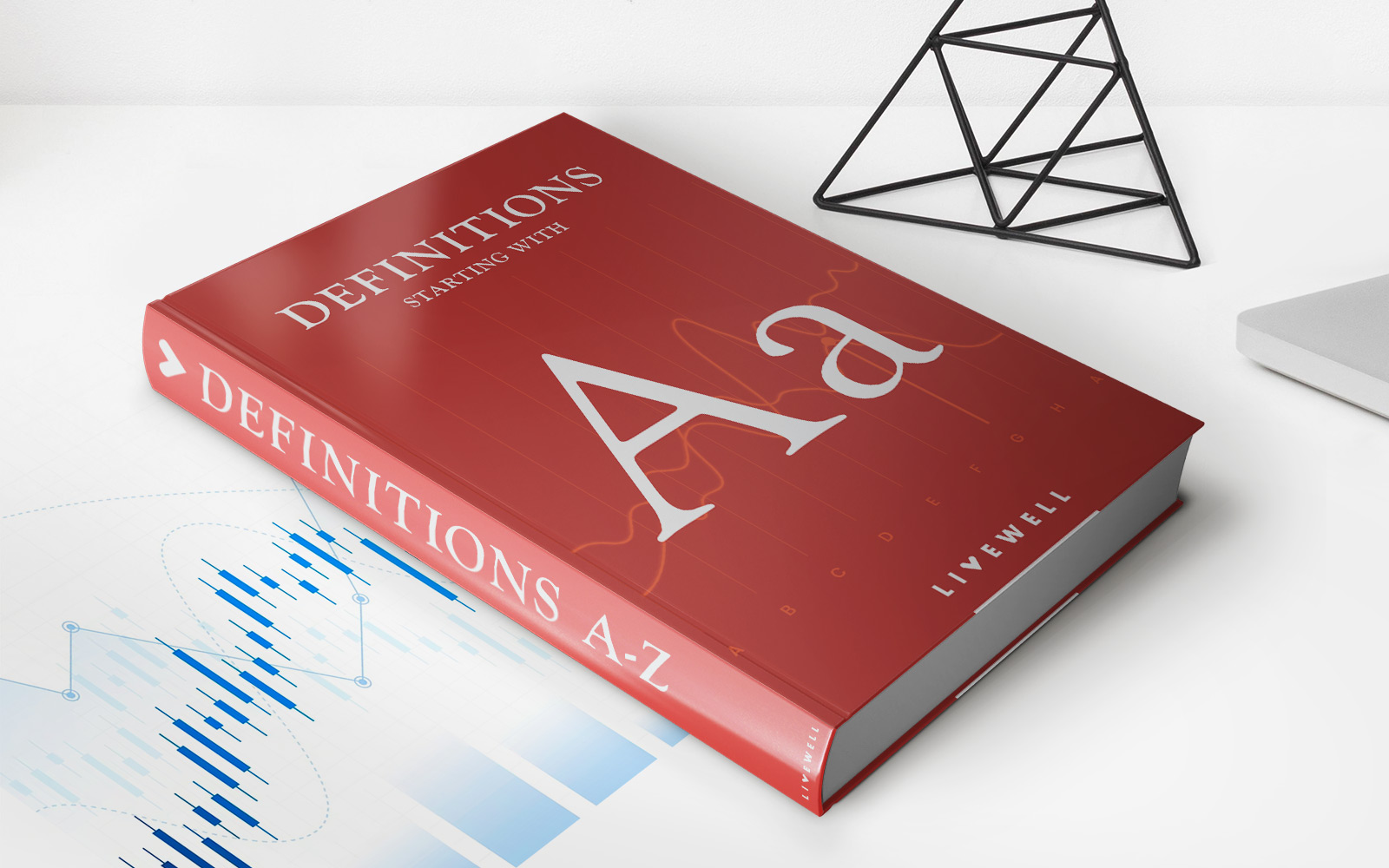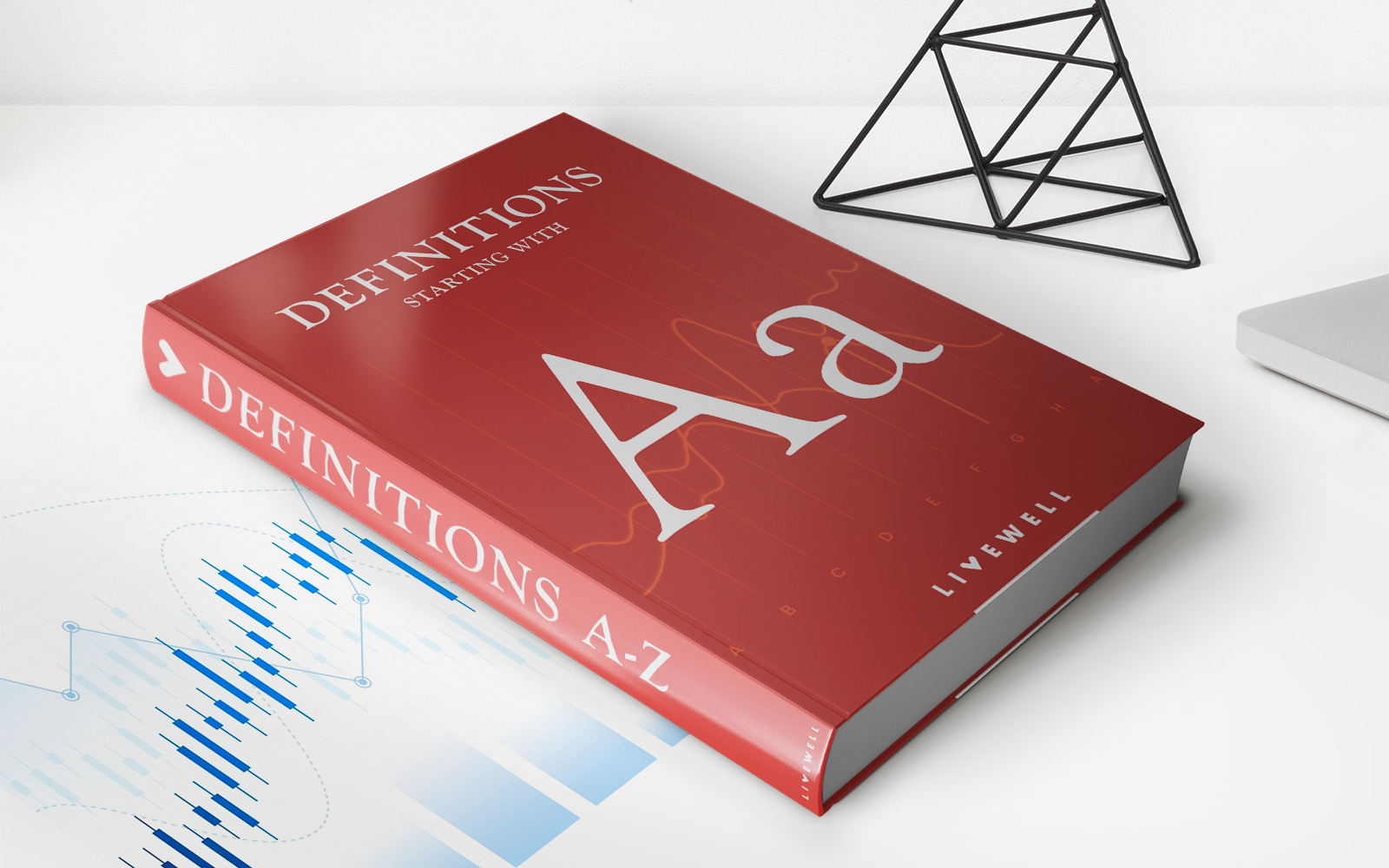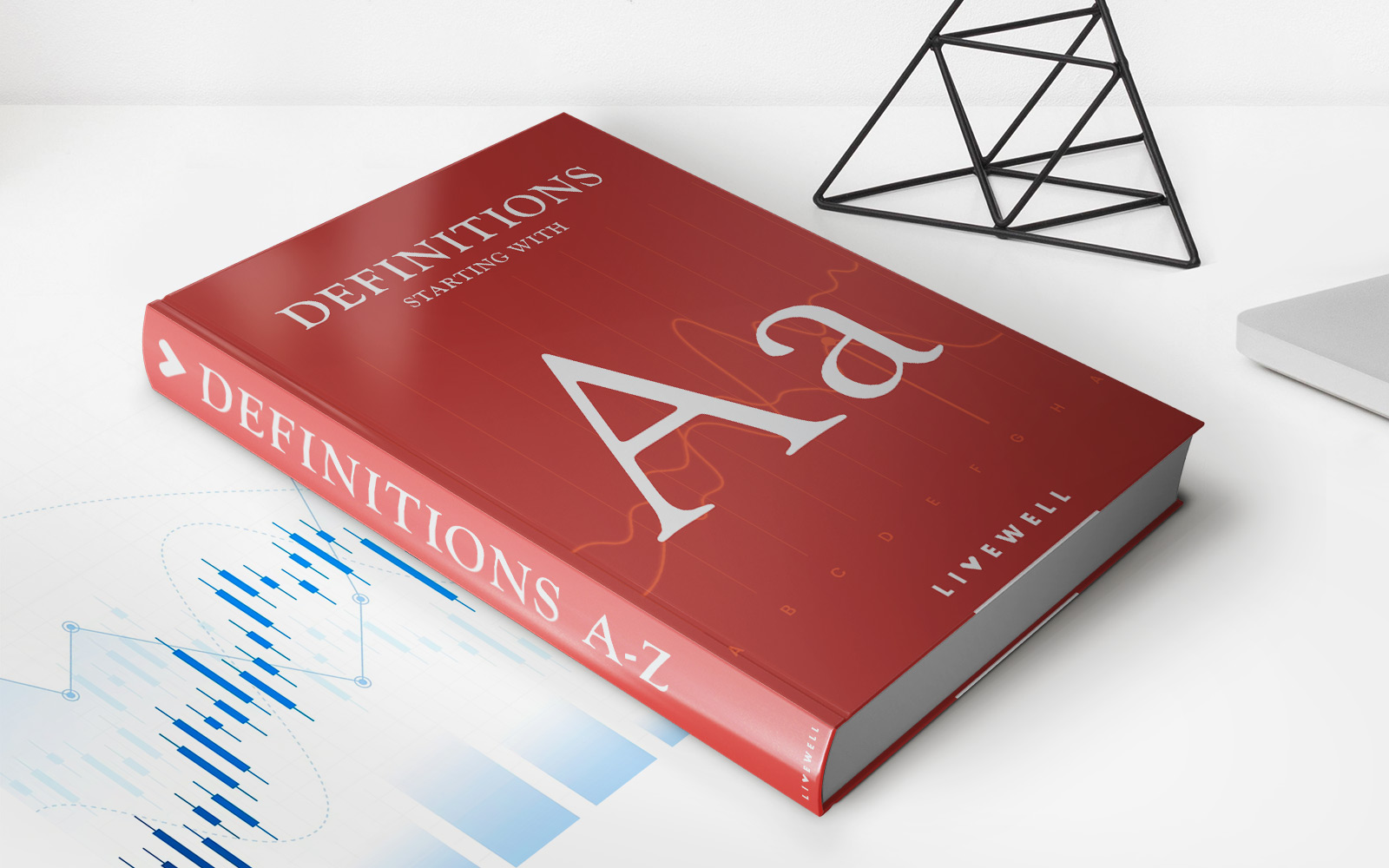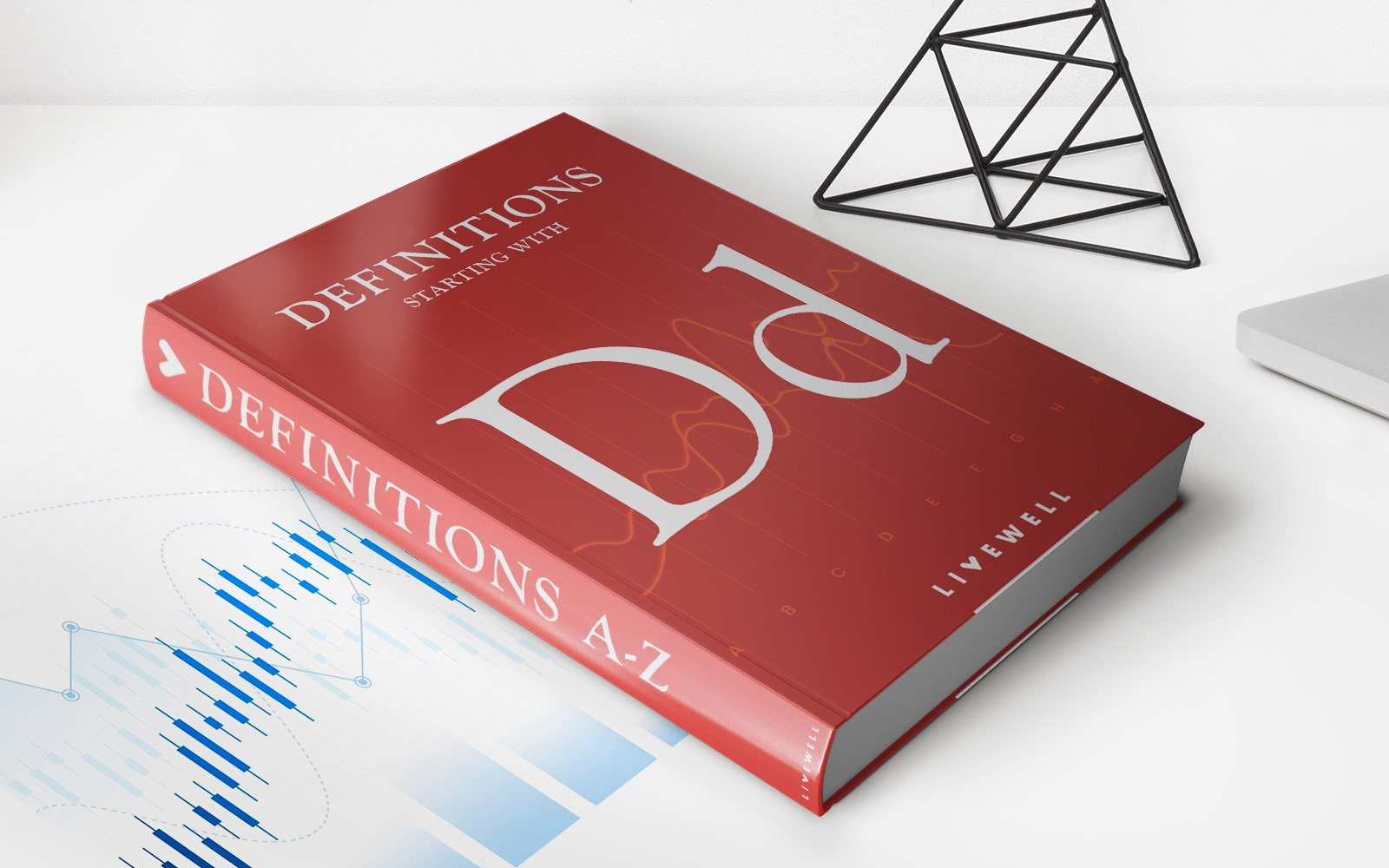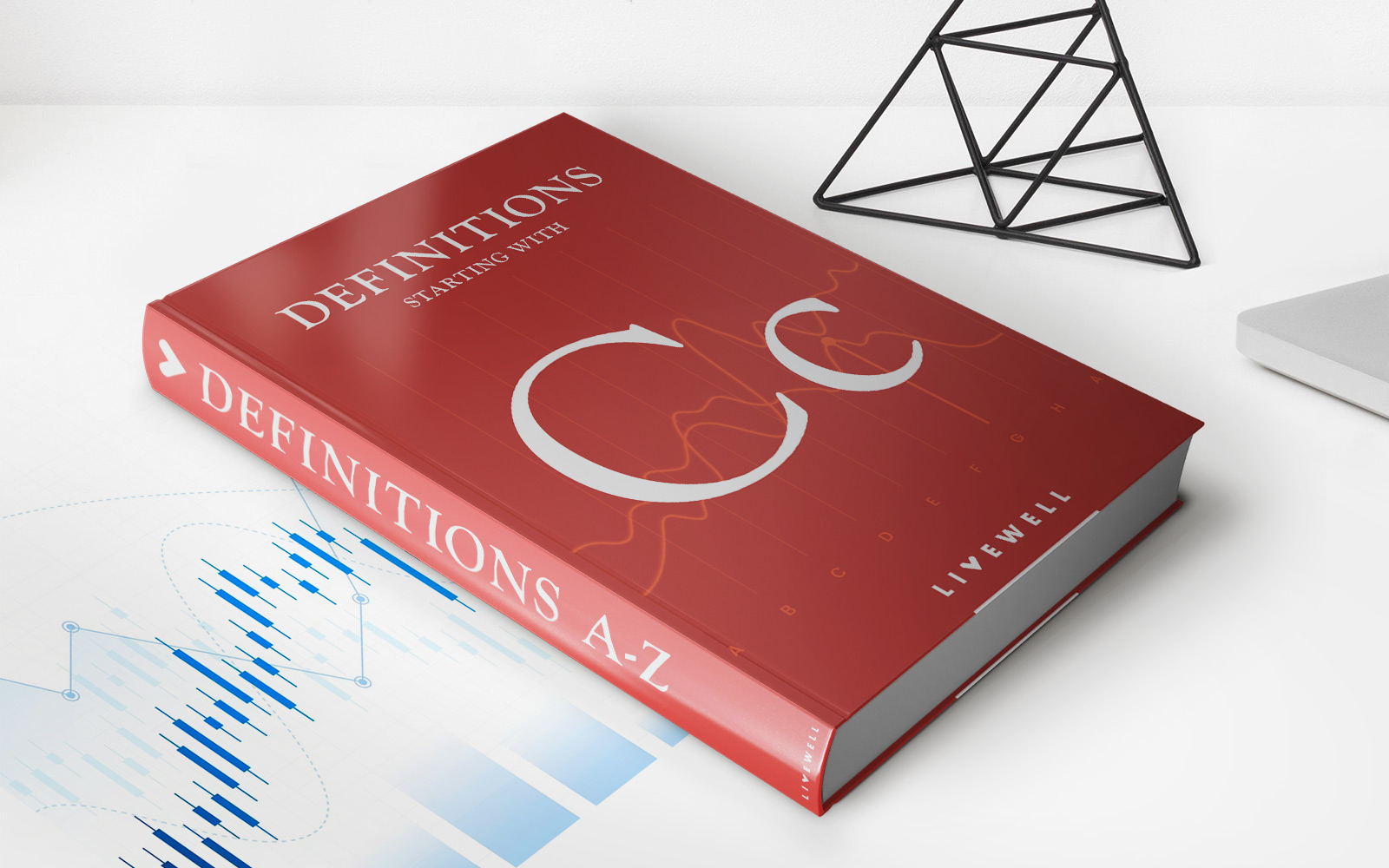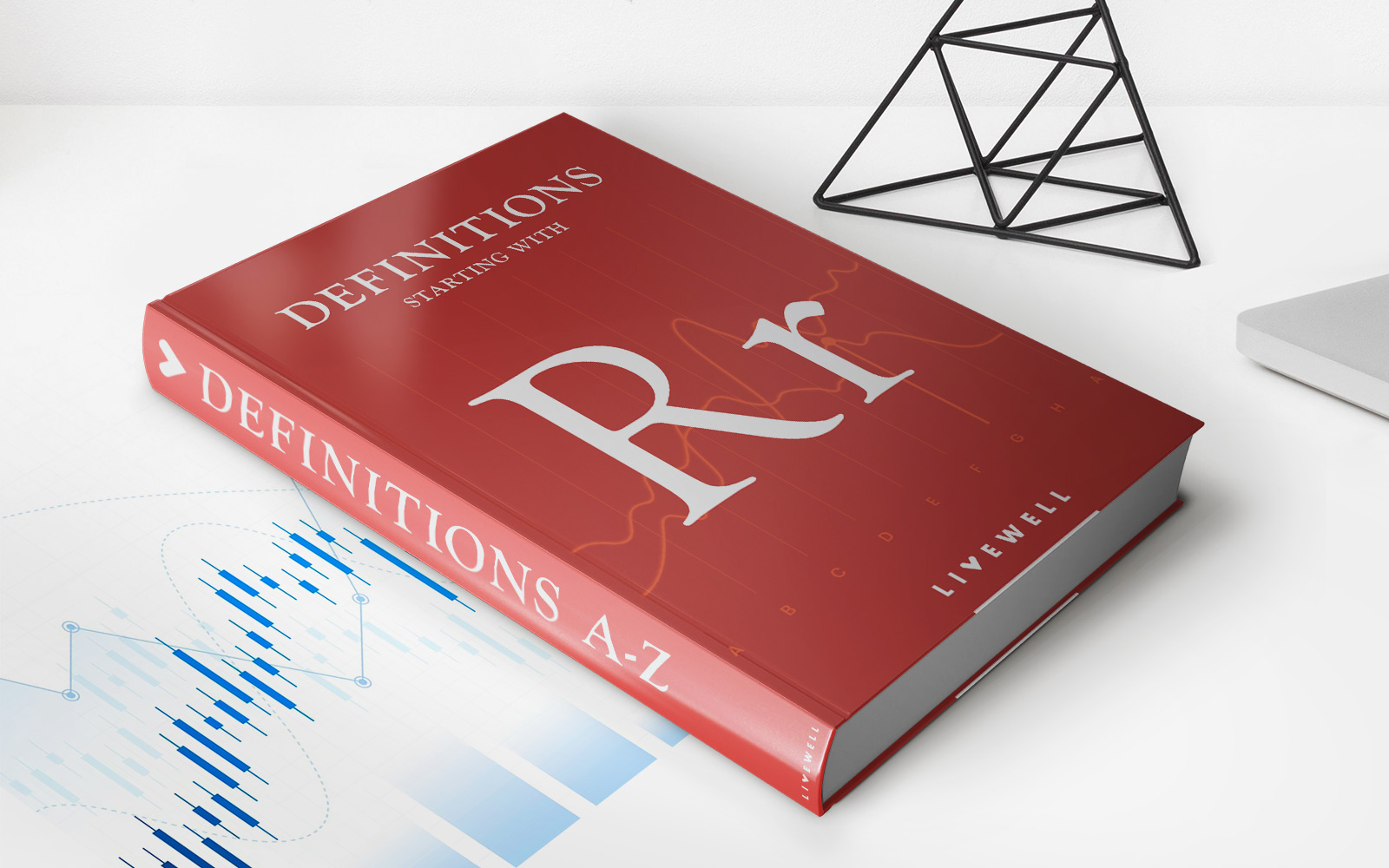

Finance
Rubinomics Definition
Published: January 22, 2024
Learn about Rubinomics and its definition in the world of finance. Discover how Rubinomics impacts various financial aspects and strategies.
(Many of the links in this article redirect to a specific reviewed product. Your purchase of these products through affiliate links helps to generate commission for LiveWell, at no extra cost. Learn more)
Welcome to the Fascinating World of Rubinomics Definition!
When it comes to understanding the intricate world of finance, there are numerous topics and concepts that can seem overwhelming to the average individual. One such concept that holds great importance in the realm of finance is Rubinomics. In this blog post, we will delve into the fascinating world of Rubinomics, exploring its definition and shedding light on its significance in the financial landscape. So, let’s dive right in!
Key Takeaways:
- Rubinomics is an economic theory developed by Robert Rubin, emphasizing the interconnection between fiscal and monetary policies.
- Understanding Rubinomics is crucial for comprehending the complex relationship between government spending, central bank actions, and overall economic stability.
What is Rubinomics?
Rubinomics refers to the economic theory coined by Robert Rubin, the former U.S. Treasury Secretary, and Chairman of Citigroup. This theory revolves around the idea that fiscal and monetary policies are deeply interconnected and should be implemented in a coordinated manner to promote overall economic stability. Rubinomics centers on the concept that fiscal policies, such as government spending, taxation, and budget deficits, should work in harmony with the actions taken by central banks to manage interest rates and the money supply.
Rubinomics underscores the belief that achieving stable economic growth and minimizing financial risks requires a comprehensive approach that combines both fiscal and monetary policies. This theory highlights the importance of coordination and cooperation between government and central banks to mitigate economic downturns and promote sustainable growth.
Why is Rubinomics Significant?
Rubinomics holds significant significance in the field of finance and economics due to several reasons:
- 1. Promoting Economic Stability: Rubinomics advocates for a coordinated approach between fiscal and monetary policies, aiming to stabilize the economy and prevent prolonged recessions or financial crises.
- 2. Recession and Inflation Management: Understanding Rubinomics helps policy-makers and economists navigate economic downturns by effectively managing government spending, taxation, interest rates, and the money supply.
- 3. Minimizing Financial Risks: Rubinomics encourages risk mitigation by balancing government fiscal policies and central bank actions to prevent excessive inflation, unsustainable debt, or asset bubbles.
- 4. Promoting Sustainable Economic Growth: By focusing on the interconnection between fiscal and monetary policies, Rubinomics aims to create an environment conducive to long-term economic growth and stability.
By grasping the principles of Rubinomics, individuals gain a deeper understanding of the intricate relationship between government policies and central bank actions. This knowledge empowers them to analyze economic situations more effectively and make informed decisions, both on personal and professional levels.
The Essence of Rubinomics
Rubinomics, in a nutshell, encompasses the belief that fiscal and monetary policies should be integrated to achieve economic stability, manage recessions, and promote sustainable growth. By combining the powers of governments and central banks, Rubinomics seeks to create a harmonious environment where economic risks are minimized, and prosperity is maximized.
So, if you’re interested in uncovering the secrets behind economic stability and better understand the world of finance, Rubinomics is a concept worth exploring. Get ready to delve into the fascinating realm of Rubinomics and gain insights that will enhance your financial acumen!
